Study on the evolution and development of medicines - How they are determined and what their function is
Currently, thanks to advances in medicine, diseases that previously caused serious damage and death are controlled, therefore, medicines have been developed through science to make our health better and better. Thanks to her, the average life expectancy of men and women has lengthened. Medicine is one of the sciences that has had a greater impact on humanity, it is the science that fights against disease.
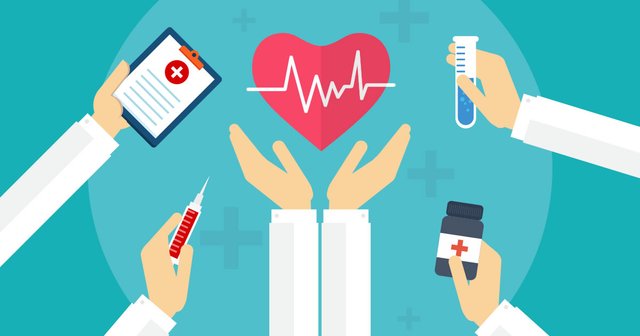
It is divided into multiple branches according to the aspect it deals with:
- Dermatology (Skin)
- Cardiology (Heart)
- Pediatrics (childhood diseases)
- neurology (nervous system) among others ..
The doctor diagnoses the disease, that is, says what it is through the symptoms that the patient comments or through observation of himself. Through tests or analysis of blood, urine, radiography, tissue and cell studies that are analyzed in special laboratories.
Once you make sure that the disease is treated, determine a series of medications to control the disease or go to perform surgical surgery, which are operations performed in the quirógrafos in which the damaged organ is removed or repaired. condition.
Currently, the consumption of medications is important, not only curative ones, but also preventive ones, which try to prevent the appearance of diseases through medical check-ups and advice on lifestyle, hygiene and balanced diet.
How medications are defined
When a disease occurs, one of the methods that the doctor uses to fight it are drugs, they are chemical compounds that are used to cure, stop or prevent diseases, as well as to relieve their symptoms and to help diagnose some conditions. Therefore medicine or drugs are substances that serve to heal some disease.
It is very important to take into account that you should not self-medicate, that is, you should not take any medication that is not recommended by a doctor or specialist, because instead of relieving any pain or illness, what we do is complicate it.
Pharmacology
The science that studies which drugs are suitable for each disease is pharmacology, therefore, the pharmacist who is the person who attends us in the pharmacies, is a good counselor to clarify our doubts.
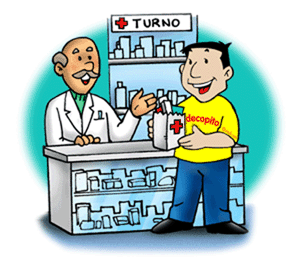
The medications can be presented in the form of pills, drops, suppositories, ointments, syrups and if a faster and safer response is required, through injections.
Types of medications
Medications can act in many different ways. Some can cure diseases by killing or stopping the spread of invading germs, such as bacteria and viruses. Others are used to treat cancer, killing those cells that divide excessively or preventing them from multiplying. Some medicines are limited to supplying missing substances in a person's body or correcting excessively high concentrations of these substances, such as hormones or vitamins. There are medications that can affect the nervous system that control certain body processes.
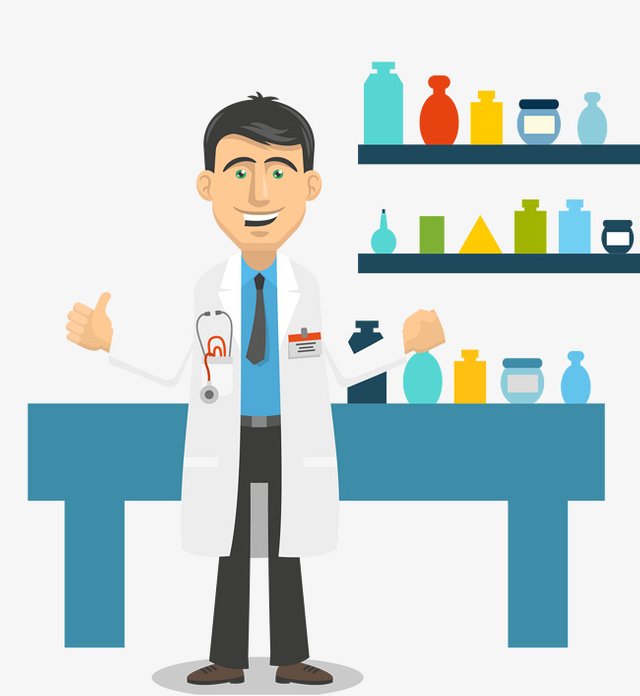
The types of medications are classified according to their effect:
- Analgesics
Its function is to alleviate the physical pain caused by injuries, blows or wounds. These analgesics are divided into two functions, opiates and non-opiates.
Opioids can generate dependence (morphine) and are only provided under medical supervision, while non-opiates can be purchased without a prescription.
- Antibiotics:
Combat infections, including Antibiotics (against bacteria) Antifungals (against fungi) Antivirals (against viruses) Antiparasitic (against parasites).
- Antipyretics: Decreases the effect of fever.
- Antihistamines: They reduce allergic reactions.
- Tranquilizers: Relieve the nerves
- Anti inflammatory: Its purpose is to reduce inflammation and consequently relieve the pain caused by inflammation.
- Antidiarrheals and laxatives: Antidiarrheals are types of medications that are meant to relieve and stop the effects of diarrhea. The most commonly used are drugs that inhibit the motility of the intestine, which favors retention to achieve greater consistency and volume in the feces.
How antibiotics were made
The first antibiotic was discovered in 1929 by the English physician Alexander Fleming. It was called penicillin and was obtained from the penicillium fungus. Soon the use of penicillin began to spread and some more were discovered, such as terramycin and streptomycin.
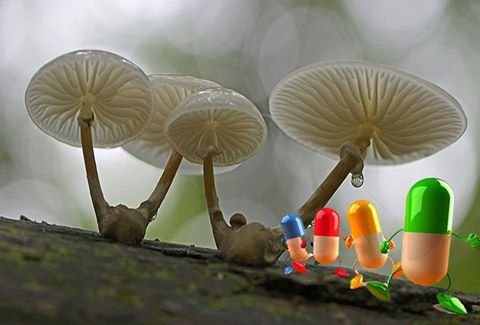
Source - The porcelain mushroom that produces antibiotics
Many types of antibiotics are now known and are made from living organisms such as fungi and bacteria.
Each antibiotic acts on a certain bacteria or fungus. Do not abuse this type of medication because when we have a true infection, it will not act effectively.
The vaccines
The history of vaccines begins with the use of Chinese inoculation of smallpox (or variolation) around the year 1000 AD. The word was attended by the British physician and biologist Edward Jenner.
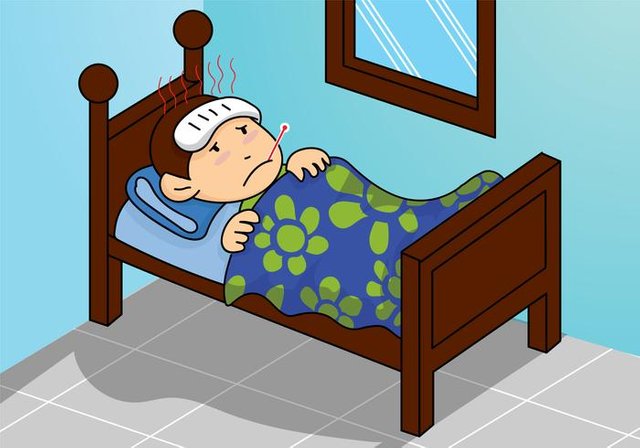
The vaccine can not be considered as medicines, because they do not cure diseases, it avoids them.
"vaccine" means any preparation intended to generate immunity against a disease by stimulating the production of antibodies ". Briefly say here that antibodies are substances generated by our body that are related to immunity.
Vaccination consists of causing a disease, in a very harmless and mild way, so that the organism so that our organism produces a defense against it. In this way, it produces specific antibodies so that it does not actually suffer from or can fight against it.
It is used to prevent infectious diseases, caused by bacteria or viruses.
There are a series of vaccines that are essential for the health of children, such as: measles, rubella, smallpox, diphtheria, tetanus, whooping cough, polio and tuberculosis. The pediatricians, who are the children's doctors, give the mothers a list with the name of each vaccine in which it is indicated which are necessary and at what age it is necessary to administer them.
In addition to these childhood vaccines, in each geographical area there are specific vaccines for the diseases specific to each region. On different occasions there are epidemics of a virus or bacteria in particular, then we must vaccinate a large part of the population or at least those who are more at risk.
Vaccines save the lives of many people, especially children. That is why many global organizations concerned about the most needy are in charge of collecting money for vaccines and directing them to the poorest countries.
Evolution of vaccines
- The Spanish doctor Jaime Ferrán y Clúa (1852-1929, an absolutely brilliant and unknown character in our country) created the vaccine against cholera.
- In 1890, Shibasaburo Kitasato (1852-1931) and Emil von Behring (1854-1917) developed the vaccine against diphtheria.
- In 1921, Albert Calmette (1863-1933) and Jean-Marie Camille Guérin (1872-1961), developed the vaccine against tuberculosis, whose preparation is still known as BCG (Bacilo Calmette Guérin).
- From here the list of vaccines would be very long. We emphasize the yellow fever vaccine (1935), the poliomyelitis vaccine (1955, Jonas Salk), the measles vaccine (Enders 1960), the rubella vaccine (Séller, 1962), and the hepatitis B vaccine (Enders 1960). 1979)
- On May 8, 1980, WHO officially declared smallpox eradicated. It was the first time that it was possible to eliminate a disease from the face of the Earth.
Curiosities of medicine
- Did you know that Spain is the country where more kidney transplants are performed throughout the year. Therefore there are quite a few kidney donors who have given their lives for other people.
- Before there was anesthesia, so that the patients did not suffer pain during the operations the doctors used several tricks. among them was to intoxicate people, freeze the parts of the body to operate, make them smell smell or smoke of burned plants and even, get to sing to people to calm down

References Used
Encyclopedia of basic concepts of the 21st century - The Human body
Types of medicines -Psychology and mind- Types of Pharmaceuticals - Healthy life
How the Vaccines - Science was determined. History of vaccines and basic concepts
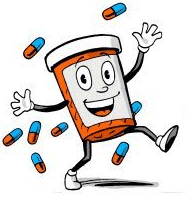
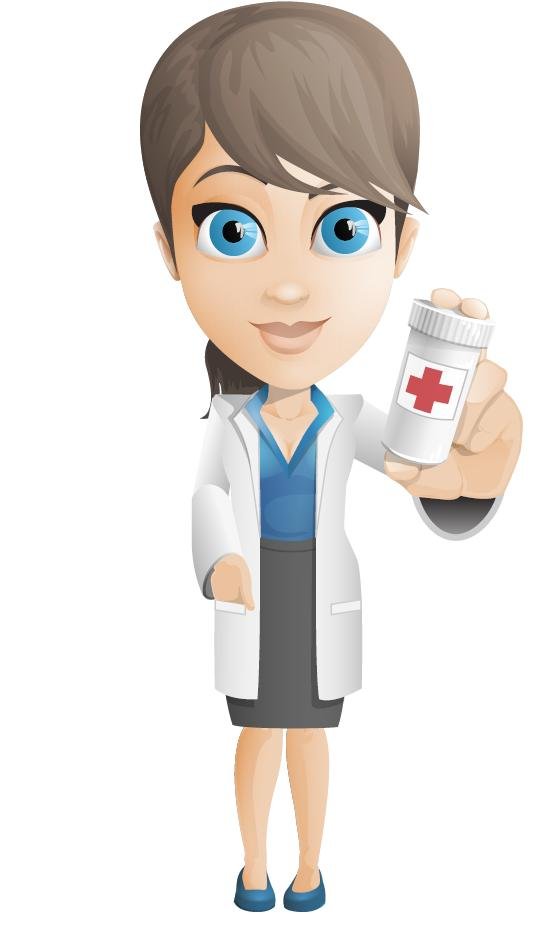
Get your post resteemed to 72,000 followers. Go here https://steemit.com/@a-a-a